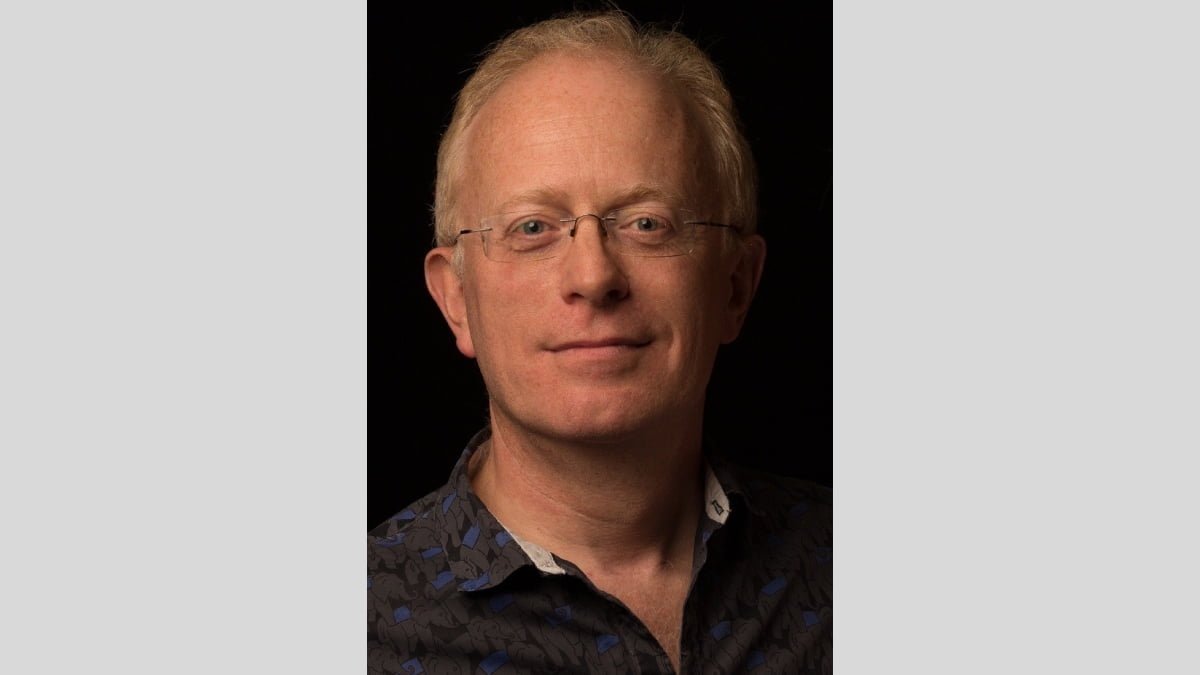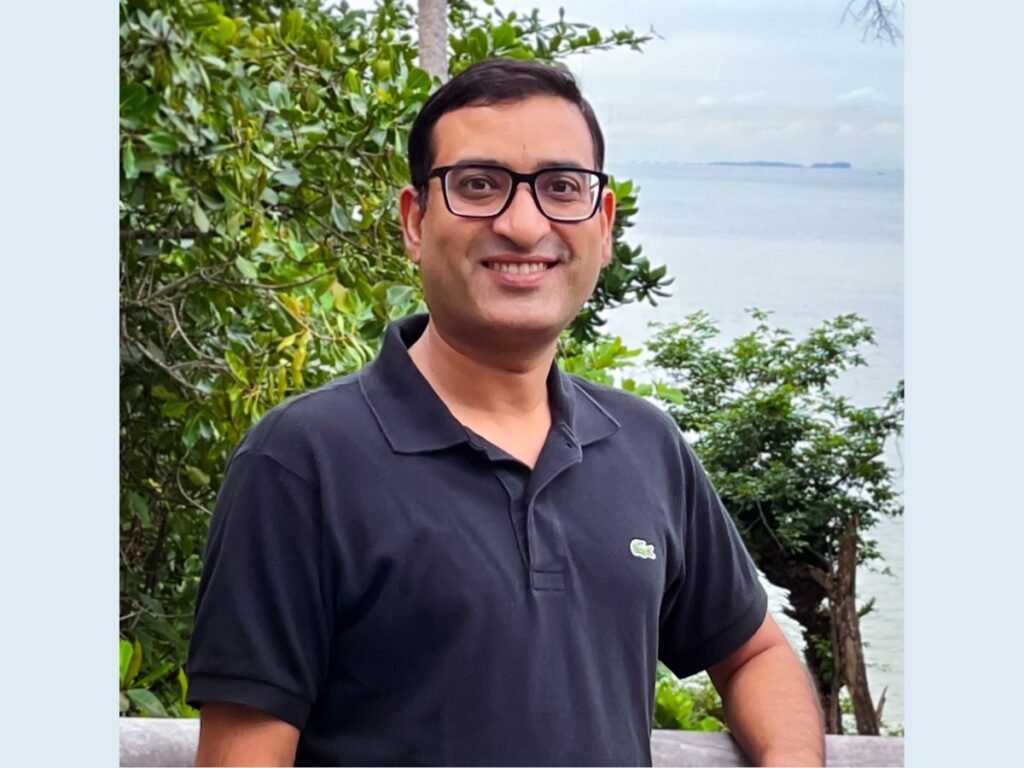Mike Gunton’s Questions& Responses:
SET 2
1) Tell us a little about Planet Earth III
Planet Earth III looks at the natural world through a new prism: The context that humanity is now such a powerful force that we change nature in profound and surprising ways.
The series explores how nature responds, reveals stories of adaptability and resilience, and examines where nature is most vulnerable.
2) Any challenge that the team faced in any of the locations? How was it handled?
The Planet Earth crew is at the top of their game and has gone to the ends of the earth to make the series. They have spent longer in the field than ever before and, using the latest technology, including robotic cameras, stabilised rigs, and deep submersibles, have captured breath-taking animal behaviour never seen before.
They spent weeks in hides to film the Saiga antelope rut on the freezing plains of the Eurasian Steppe, where temperatures drop to minus thirty, but their biggest challenge was the wind, which can reach speeds of 80 miles an hour. They filmed for nearly a month in the caustic waters of the Yucatan Peninsula to produce a stunning new story about a nesting flamingo colony; in Vietnam, they trekked for two days through the jungle with 500 kgs of equipment to reach the world’s largest natural cave, Hang Son Doong. They then lived and filmed for 18 days underground, capturing first-of-its-kind footage of the structure and the few animals that have found a way to survive there. The team camped for almost eight weeks on the tundra of Ellesmere Island, sometimes travelling 50 miles a day to keep up with an arctic wolf pack. We filmed two miles below the sea’s surface in a deep-sea submersible to reveal the first broadcast footage of the largest known gathering of octopuses –20,000 females, all there to lay their eggs.
3) What lasting message will Planet Earth III leave us with?
There is still so much to discover and celebrate in the natural world, and I hope that as you renew your sense of awe, wonder, and respect for all life on our planet, you gain critical insight into its increasing fragility.
4) You also shot in India; what were some daring moments while filming in India?
It was a privilege to film in India. I’m grateful to the wonderful people we filmed with for the experience and to all the fixers, scientists, and officials who worked so hard to make it happen.
I must admit! I had some concerns about filming a Monocled cobra hunt through a village in India. It is an epic chase and even more surprising because the villagers tolerate the highly venomous snakes. Remarkably, scientists believe this tolerance has changed their behaviour – the snakes move more slowly and are less likely to strike when disturbed. As always, we had done all the research we possibly could before committing to filming. However, much of our information was anecdotal since no one has studied the snakes for a significant time. Monocled cobras are usually solitary animals and tend to come out at dusk and dawn. So, the crew figured the opportunities to capture the behaviour would be few and far between, like often when filming wildlife. How wrong we were. We witnessed a hunt on the first day and many times in the following weeks. But they were usually in confined spaces, and the moment of the strike was almost always behind a burlap sack or underneath a haystack, so it took some time to (safely) catch it on camera. In total, we were on location for just short of six weeks.
The enduring image for me from that filming trip is a group of kids no older than seven walking hand in hand down the road on their way to school and stepping nonchalantly past a 5—or 6-foot cobra.
If you have any objection to this press release content, kindly contact pr.error.rectification@gmail.com to notify us. We will respond and rectify the situation in the next 24 hours.




